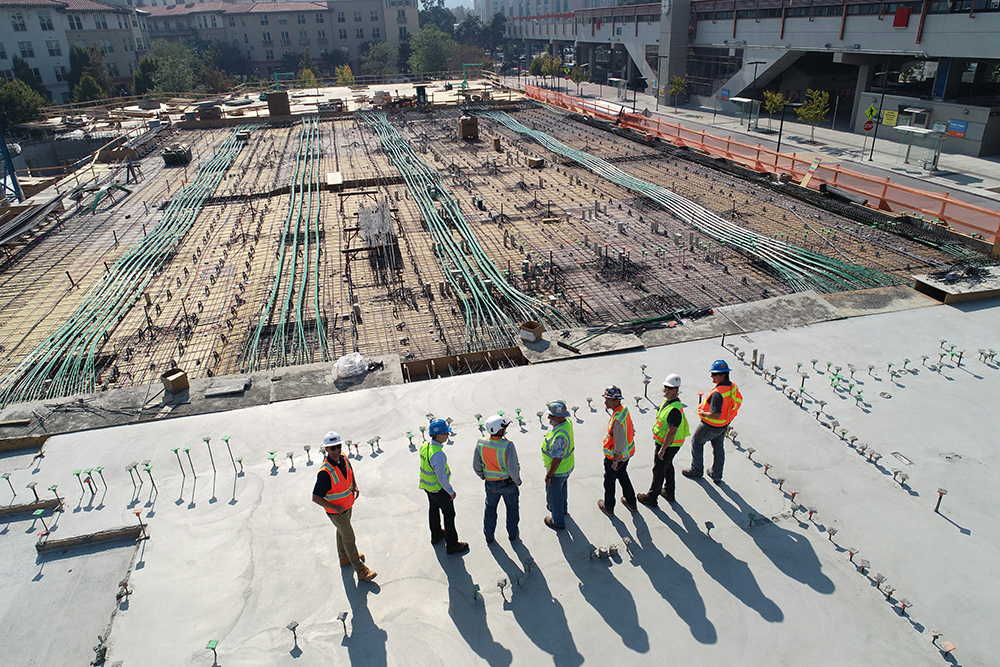
Latest Innovations in Construction: How Technology is Transforming the Industry
The construction industry has historically been slow to adopt new technologies compared to other sectors. However, recent years have seen a rapid transformation driven by innovative technologies that enhance productivity, safety, and sustainability. As we explore the latest innovations in construction, it is crucial to understand the implications for industry stakeholders, from engineers to project managers, and how these advancements reshape traditional practices.
Building Information Modeling (BIM)
One of the most significant advances in construction technology is Building Information Modeling, or BIM. This three-dimensional modeling system allows construction professionals to create and manage digital representations of physical and functional characteristics of a building. BIM streamlines project management by enabling collaboration among architects, engineers, and contractors. It improves planning and reduces errors and rework by providing a comprehensive view of a project, allowing for better decision-making and resource allocation.
Drones in Construction
Drones are revolutionizing the way construction sites are monitored and managed. Equipped with high-resolution cameras and sensors, drones provide real-time aerial footage, facilitating site inspections and surveys. They enable project managers to gather data quickly and accurately, leading to optimized project timelines and reduced costs. Additionally, drones enhance safety by monitoring hard-to-reach areas, reducing the need for workers to expose themselves to hazardous situations.
3D Printing
3D printing technology is making its mark in the construction sector by enabling the rapid fabrication of building components. This innovation allows for the creation of complex structures that would be time-consuming and expensive to produce through traditional methods. By using sustainable materials and reducing waste, 3D printing contributes to environmentally friendly construction practices. Companies are exploring methods to 3D print entire buildings, which could drastically change the speed and cost of construction projects.
Prefabrication and Modular Construction
Prefabrication and modular construction techniques have gained popularity as they allow for components of structures to be manufactured off-site and assembled on-site. This approach reduces construction time and minimizes disruption to the surrounding environment. Moreover, modular construction enhances quality control, as components are fabricated in a controlled environment. The flexibility of modular designs enables faster responses to market demands and often results in lower overall project costs.
Artificial Intelligence and Machine Learning
Artificial Intelligence (AI) and Machine Learning (ML) are emerging as powerful tools for optimizing various aspects of construction. From predicting project risks to improving design efficiency, AI technologies analyze vast amounts of data to provide actionable insights. These insights can lead to better project management, resource allocation, and overall decision-making. AI-driven predictive analytics can also enhance safety measures by identifying potential hazards before they occur.
Sustainable Building Technologies
With a growing emphasis on sustainability, innovative building technologies that minimize environmental impact are gaining traction. Green building practices, such as the use of energy-efficient materials and renewable energy sources, are becoming standard in new construction projects. Technologies like smart sensors help monitor energy consumption, enabling building owners to optimize resource use and reduce operating costs. As governments and organizations prioritize sustainability, the adoption of these technologies will only continue to increase.
Conclusion
The construction industry is witnessing an unprecedented technological transformation that is set to redefine processes, enhance efficiency, and improve safety. From BIM and drones to 3D printing and AI, these innovations are not just altering the way buildings are constructed; they are creating a more sustainable future for the industry. Stakeholders must embrace these changes to remain competitive and meet the evolving demands of a rapidly changing world. As technology continues to advance, the potential for further innovations in construction is limitless, paving the way for smarter, safer, and more efficient building practices.


Recent Comments